AI Implementation in Business: 10...
July 14, 2025
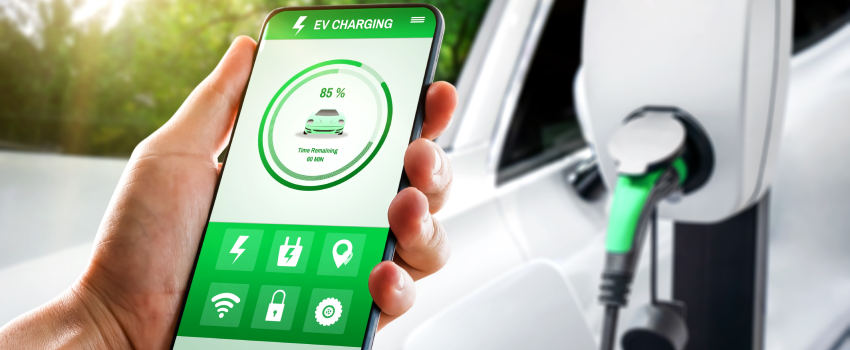
Imagine never stressing over where to charge your electric vehicle next — an ordinary fear among EV owners who fear the chance of their vehicle running out of battery focusing on no charging station. We grasp this uneasiness and recognize the consistent search for creative answers to make EV charging more accessible and to change how we collaborate with electric vehicles. Our blog is dedicated to directing you through the creation of the best EV charging app for 2024.
This progressive application vows to be a clear advantage, guaranteeing you stay at the front of green transportation. “Consider the possibility that you could ensure your vehicle is constantly charged, regardless of where you are?” With bits of knowledge from industry specialists and a sprinkle of technical ingenuity, we’re set to show you the way ahead.
In this article, we’ll look at the Top EV Charging Apps of 2024 and how to design your own.
As additional individuals start using electric vehicles (EVs), there’s a major requirement for simple-to-utilize applications that help find charging stations. At the point when individuals change from corner stores to charging stations, having an application that makes this simple and solid is vital.
A decent charging application assists drivers with having a less stressed outlook on running out of battery and urges more individuals to pick electric vehicles since it makes utilizing them simpler and more helpful. Fundamentally, making EV charging apps that rapidly show where you can charge your vehicle, assuming the charger accommodates your car, and the amount it costs is significant. These EV charging apps are key in ensuring that moving to electric vehicles is simple and easy to use for everybody.
As we move into 2024, tracking down a spot to charge electric vehicles has gotten significantly simpler and better, because of some truly incredible apps. These applications help you not stress over where you can charge your vehicle next and make the entire electric vehicle experience a lot more pleasant.
Let’s check the Top EV Charging Applications of 2024. Everyone has unique features and it really simple for anybody driving an electric vehicle to find a charging station.
#1. PlugShare stands as the most over-the-top complete EV charging station locator, offering a wide data set of charging points across the globe. Its user-generated reviews and check-ins make it a reliable resource for EV drivers seeking the best spots to recharge.
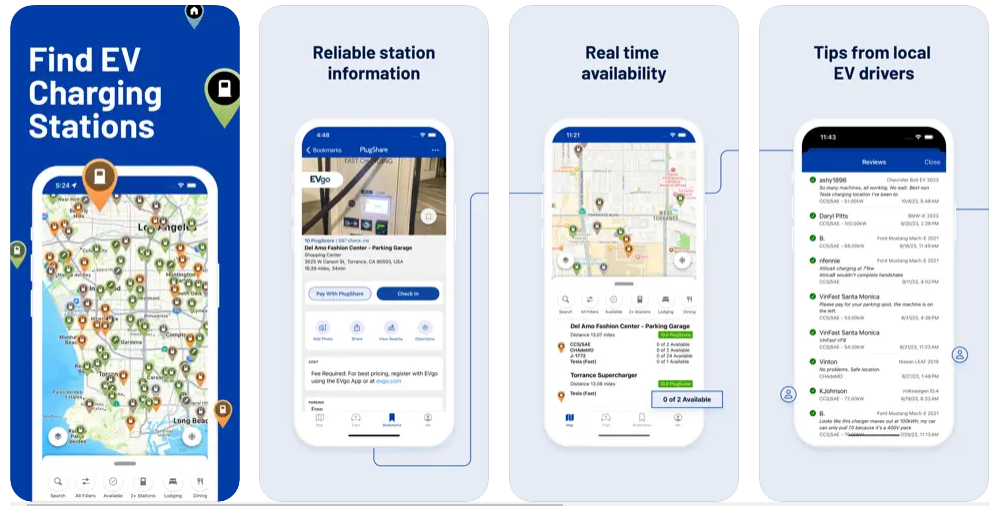
#2. ChargePoint is an American electric vehicle foundation organization situated in Campbell, California. ChargePoint works the biggest online network of independently owned EV charging stations working in 14 nations and makes some of its technology.
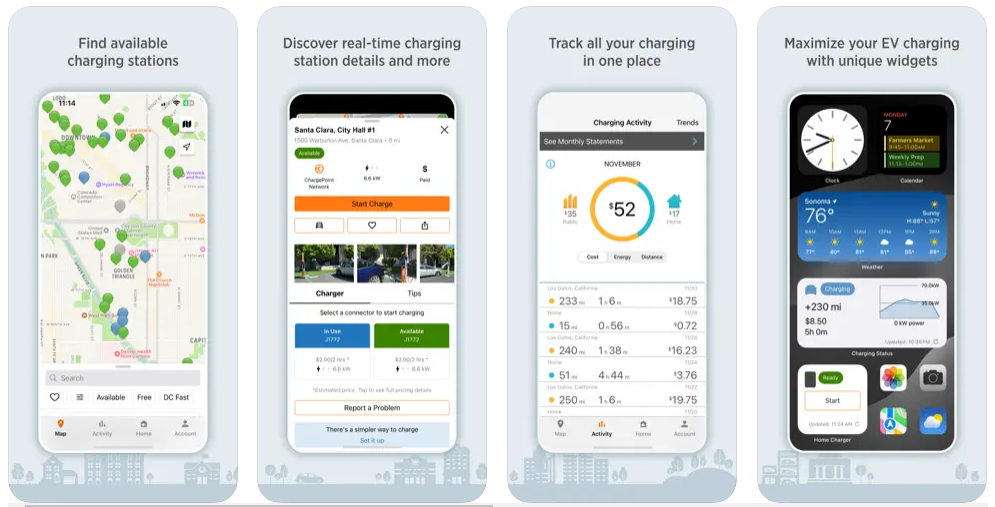
#3. ElectricPe is your one-stop shop for all EV-related needs. They strive to offer a consistent and friendly experience for everyone who wants to switch to electric vehicles.
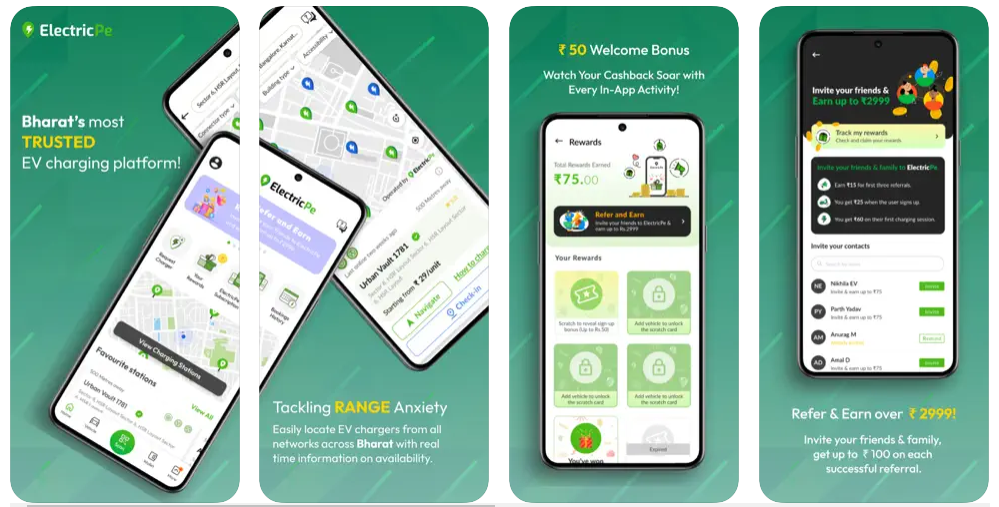
#4. EVgo separates itself with a focus on quick charging choices. For EV proprietors in a rush, this application offers the comfort of locating the closest fast charging station, making it a go-to for speedy top-ups.
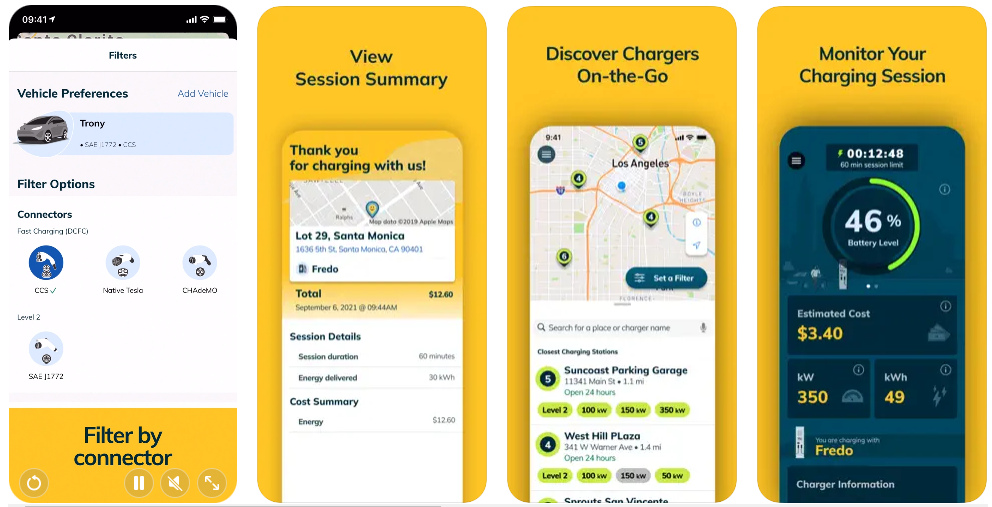
#5. Chargefox caters to the special care of the Australian market, exhibiting an amazing organization of super quick charging stations. Its commitment to renewable energy sources for charging makes it a favorite among eco-conscious drivers.
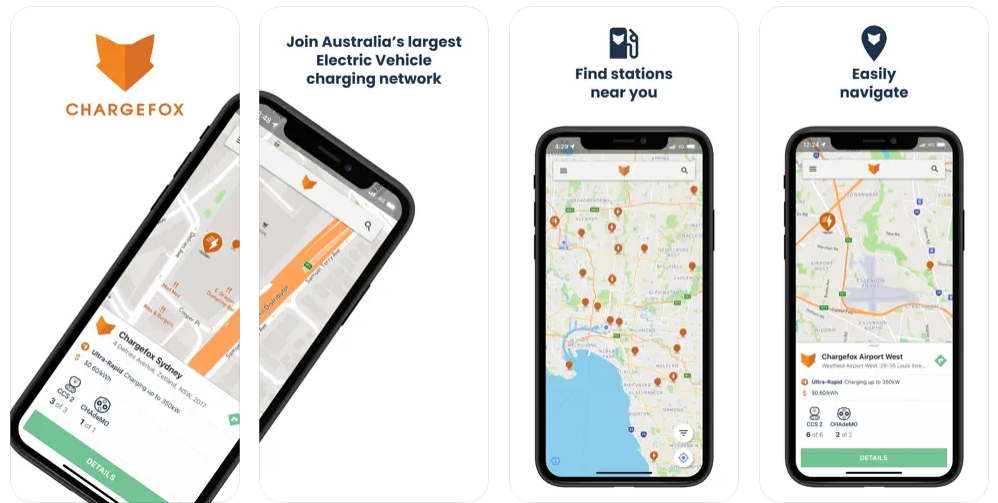
#6. EV Navigation reforms how EV owners plan their journeys, consolidating charging stops into route planning. This application guarantees that drivers can arrive at their destination efficiently, without the feeling of dread toward running dangerously short on battery.
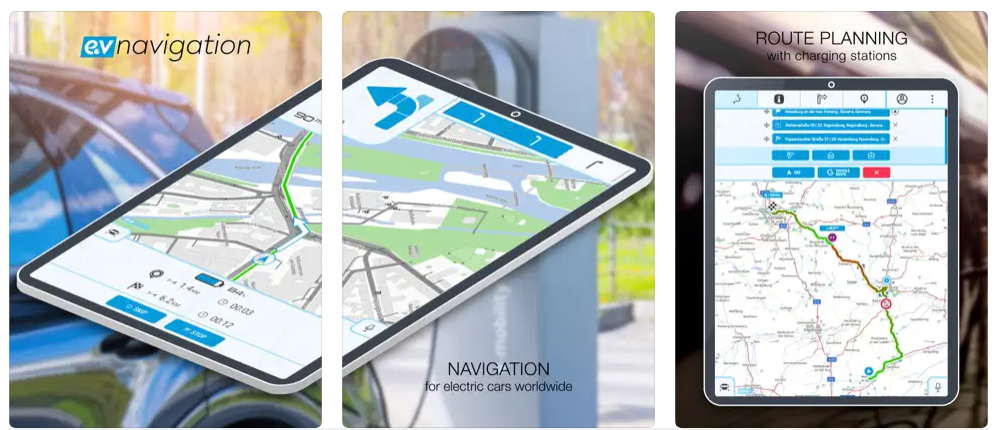
#7. Statiq EV Charging is rapidly turning into a preferred decision in India, offering a sweeping organization of charging stations. It’s not difficult to utilize the interface and dependable help cement its place among the top apps of 2024.
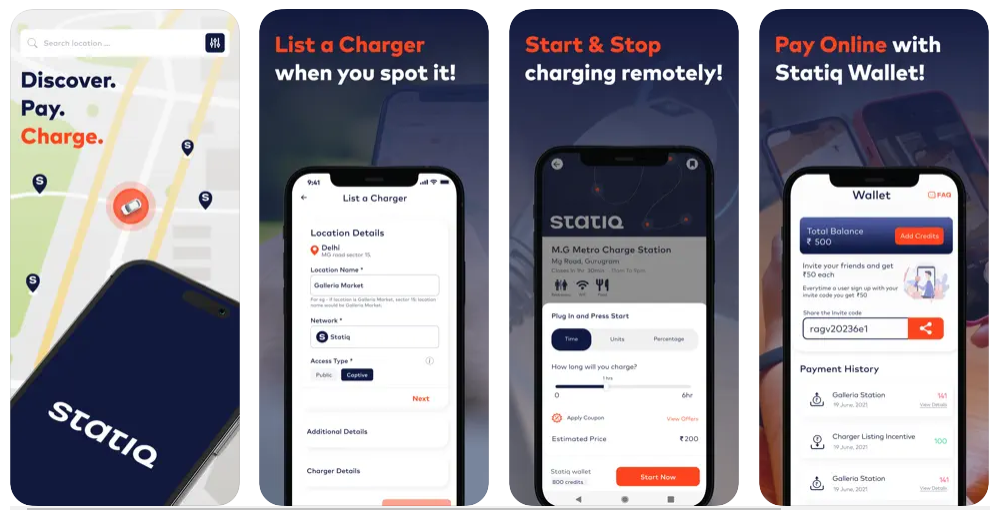
#8. Google Maps has coordinated EV charging station data into its foundation, simplifying it for drivers to find charging points along their course, close by the bunch of routes it’s now known for.
#9. Tata Power EZ Charge brings a vigorous charging network to the Indian market, upheld by one of the nation’s leading power organizations. This application is fundamental for EV owners in India, offering boundless availability and usability.
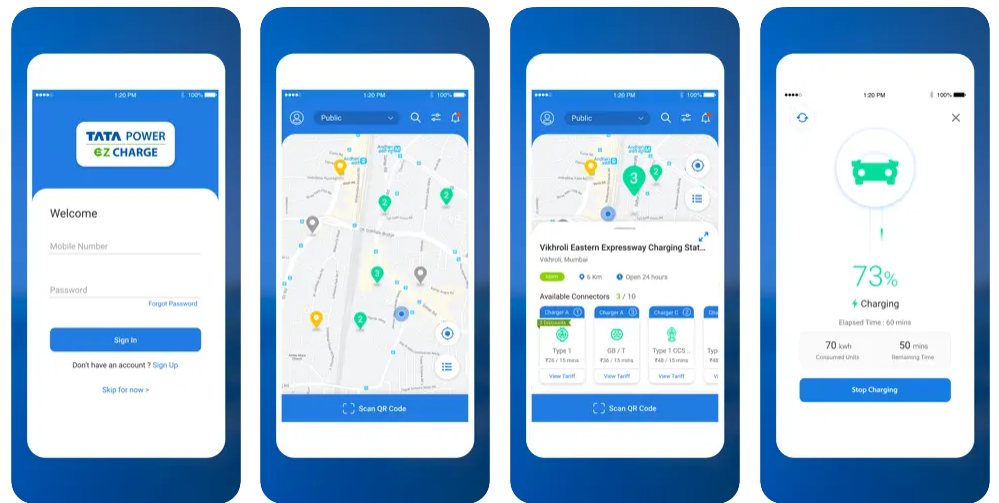
#10. Electrify America keeps on growing its network across the U.S., giving powerful charging solutions. The application’s focus on working with a consistent charging process makes it a key player in the North American market.
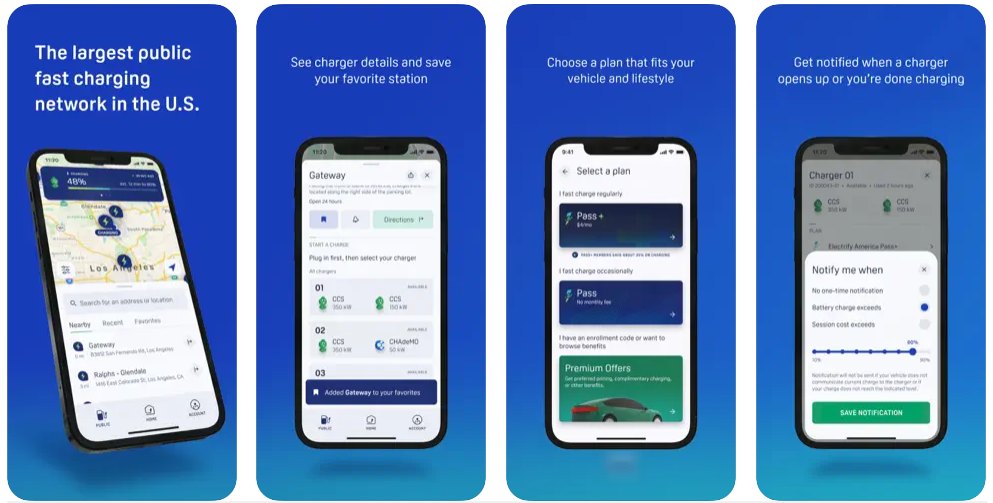
#11. Tesla, inseparable from electric mobility, offers an exclusive charging network for its owners. The application finds Superchargers as well as permits clients to screen their vehicle’s charging progress, guaranteeing a premium experience.
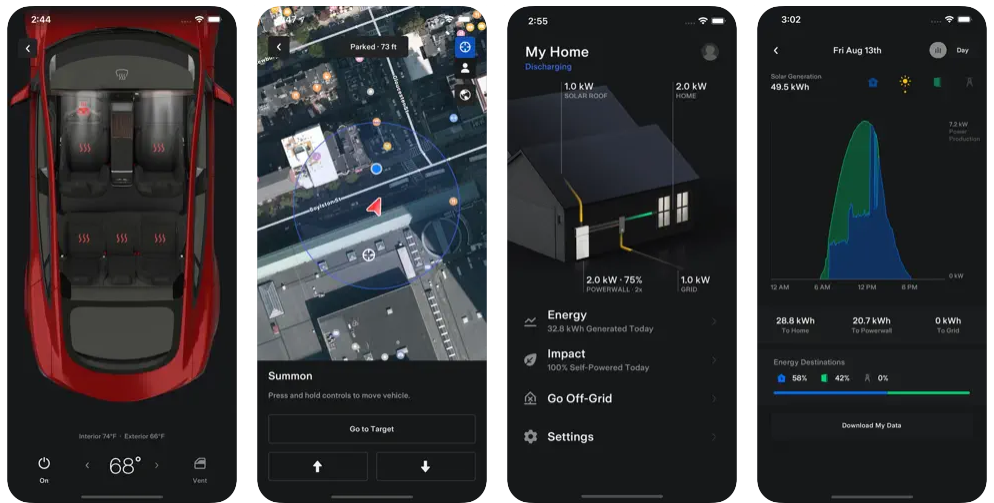
Looking for the Best EV Charging App in 2024? These apps are leading the way because they’re not only smart and easy to use but also make driving electric vehicles more fun and less of a hassle. They help everyone get around easier and show us how driving can be better for the planet. These are the apps that are changing the game and helping us all drive into a greener future.
Also Check: Enterprise Mobile Application Development : How to Build App
Start by understanding the main goal of your EV charging app. Decide whether it will provide general charging station information, exclusive network access, or additional features like payment processing and route planning.
Know about your target users and their requirements. Consider conducting surveys or meetings with EV owners to accumulate insights on what features they esteem most in a charging application.
Study existing EV charging apps to identify their strengths and weaknesses. Look for opportunities to differentiate your app by offering unique features or a more user-friendly experience.
Make a basic, instinctive UI design that makes it simple for users to explore through the application. Guarantee that significant features like station search, installment, and route planning are effectively available.
Pick the programming languages, frameworks, and tools that will best help your application’s functionality and performance. Consider factors like versatility, security, and similarity with different gadgets.
Build full data of charging stations, including details like area, connector types, charging speed, accessibility, and pricing. Guarantee the data set can be handily refreshed to add new stations or update existing data.
Begin coding the fundamental elements of your application, for example, station search and filtering, detailed station information, user accounts, payment processing, and route planning.
Use APIs for maps, installment gateways, and other third-party services to improve your application’s functionality. Guarantee these integrations are secure and proficient.
Conduct thorough testing to identify and fix any bugs or ease of use issues. Consider both automated testing and user testing with a gathering of EV owners.
Once your application is cleaned and ready, launch it on relevant platforms (e.g., Google Play Store, Apple Application Store). Utilize digital marketing strategies to elevate your application to your target audience.
After launch, actively seek user feedback to identify areas for improvement. Continuously update the app to add new features, fix bugs, and adapt to changing user needs and technology trends.
Make sure your app complies with all relevant legal and security standards, especially in handling user data and payments. Regular security audits are essential to protect user information.
Must Read: Mobile Banking App Development Cost in 2024
Developing your own EV charging app is an exciting venture that taps into the growing demand for electric vehicle infrastructure. This process requires a strategic approach, focusing on creating a user-friendly, efficient, and secure application. Here’s an introduction to the development process, outlined in key steps to help you navigate from concept to launch.
Understanding the specific needs and preferences of your target audience is crucial. Consider the type of EV owners you aim to serve—are they city dwellers, long-distance travelers, or perhaps owners of a specific EV model? Identifying your niche helps tailor the app’s features and marketing strategies effectively.
List every one of the potential features your app could offer, from locating charging stations to handling payments and giving real-time availability. Focus on these features in light of client demand, potential to offer some value, and arrangement with your business objectives. Focus on a core set of features to launch, with plans to expand based on user feedback and technological advancements.
The technology stack you choose should support the app’s functionality, scalability, and security. This choice will influence the development process, maintenance, and future updates. Consider factors like platform (iOS, Android, or cross-platform), backend infrastructure, database management, and third-party APIs for installments and maps.
A very well-designed user interface (UI) is critical to guaranteeing a positive client experience. The UI ought to be intuitive, with simple navigation and a clean, attractive design. Employ user-centered design principles to guarantee the application addresses the issues and expectations for your audience.
Your application should integrate real-time information on charging stations, including area, accessibility, and estimating. Guarantee dependable information sources and consistent joining. Security is paramount, particularly for features including information and payment processing. Implement robust encryption methods and comply with data protection regulations.
Before launch, thorough testing is fundamental to identify and determine any technical issues. This incorporates practical testing, client experience testing, security testing, and performance testing. After ensuring the app is fully functional and secure, proceed with deployment to app stores, following their guidelines for submission and approval.
In making the best EV charging app, we’ve really gotten comfortable with who we’re making it for, carefully organized each step, and used the latest tech, all to guarantee clients have an extraordinary experience. This work demonstrates the way that we can affect how we use electric vehicles and features how huge these applications are for helping the planet.
In wrapping up, it’s key to remember that the best EV charging app is consistently getting better to fit what clients need, works immaculately with new electric vehicle tech, and helps us with all driving to such an extent that is better for the earth. With troublesome work and the right fixation, your application could lead to how to make driving more eco-friendly.Our Mobile App Development Company understands the importance of innovation and sustainability, ensuring your app achieves these goals seamlessly.